How to Pack Light
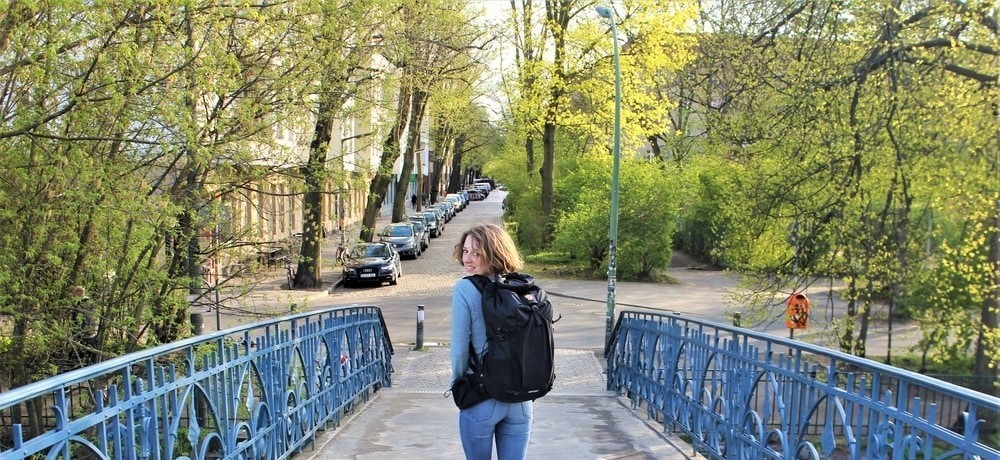
Packing light can feel like an insurmountable challenge, but after reading these packing light tips you’ll know the secrets to keeping your travel bags light.
I’ve been travelling internationally for over 5 years and have become adept at packing light. Whether I’m travelling for 2 weeks, a month or longer, I carry a 30L travel backpack and fit everything I need into it. But I never used to be the girl who could pack just one backpack. I used to travel with a huge suitcase.
What changed? I got tired of struggling to heave it up the stairs in hotels and pulling my arm out of its socket dragging it down the street. Not to mention paying the extra baggage fees and waiting at the conveyor belt. I also realised there was so much in that suitcase that I just never used. Why was I carrying it all!? Time to make a change and pack light!
How To Pack Light – The Basics
1. Choose the Right Size Backpack for Travelling
I’m pretty sure that no matter what size backpack you choose, you’ll pack it to breaking point. I’ve heard friends buying larger backpacks so they have some ‘extra room for souvenirs’ but they soon pack their bag right to the top and those souvenirs aren’t coming back.
How much can you comfortably carry?
My number one tip for packing light is to figure out how much weight you can comfortably carry. You’re going to be carrying this weight on your back, so you need to be able to walk around with it for at least a short time without breaking your back.
The max size of backpack I can comfortably carry is a 30L. I carry a Fjallraven Bergen. When it’s fully packed, it usually weighs around 7-8kg. Luke carries this slightly bigger 40L backpack from Thule. The weight usually comes in at around 8-10kg.
How long are you travelling?
You’ll only want the your maximum size of backpack for longer trips of 2 weeks, a month or more. If you’re taking a short weekend or 1 week trip, then take a smaller backpack. A smaller backpack will force you to pack lighter. I’d much rather have a day backpack for a short trip to Europe or a weekend away in the UK.
Size of Backpack Based on Trip Length
| Length of Travel | Volume of Backpack | Size of Backpack | Carry On? |
| A weekend | 16L | 13 x 26.9 x 38.1 cm | Yes |
| 1 week | 16L | 13 x 26.9 x 38.1 cm | Yes |
| 2 weeks | 30L | 54 x 30 x 24 cm | Yes |
| 1 month | 30L | 54 x 30 x 24 cm | Yes |
| More than 1 month | 30L | 54 x 30 x 24 cm | Yes |
| More than 1 month (larger) | 40L | 26 x 33 x 73 cm | No |
The standard carry-on size is 56 x 45 x 25cm, but this varies between airline so double check before packing. I’ve never had a problem using my Fjallraven Kanken (16L) or Fjallraven Bergen (30L) as carry-on luggage.
2. Write a checklist (then cross stuff off!)
Write out everything you think you need for your trip. Plan what to pack ahead of actually packing – otherwise it’s too easy to fall into the trap of ‘ooo, I need this, and this’ (I know, I’ve done it). Writing a travel packing list helps you recognise the stuff that isn’t essential.
3. Look up the weather forecast
Knowing the weather forecast helps you to pack light. Always look up the weather forecast before you pack. If it’s going to be blazing sunshine, cross off the cold weather gear. If rain clouds are rolling in, forget about the sandals and pack your raincoat instead. Cross any unnecessary clothing and travel items off your list.
It’s easier to pack lighter for warm weather trips. But if you are heading to colder climes, pack layers and light technical clothing rather than too many bulky coats and jumpers. When I packed for the -10°c winter in Norway, I still managed to fit all my luggage into my 30L backpack and that included salopettes and a winter coat.
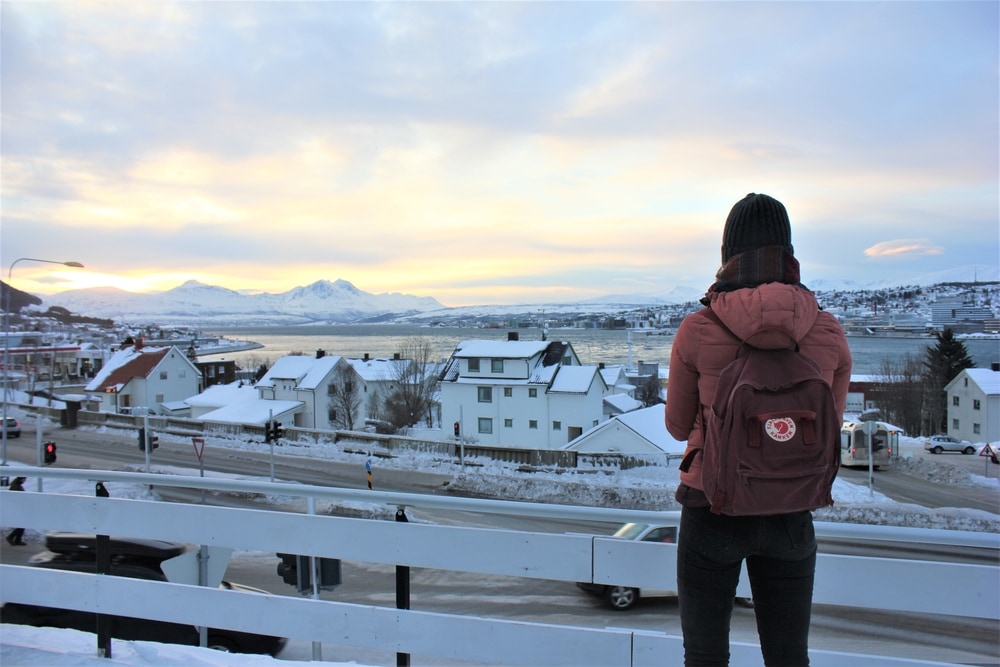
4. Think about what kind of traveller you are
Pack according to the activities you do. Don’t pack for every single activity you might (but probably won’t) do. Pack for activities you know you definitely will do. If you’re an active traveller like me, opt for comfortable clothing you don’t mind sweating in. If you’re often out in the city at restaurants and wine bars, pack the appropriate clothing for those places.
To pack light, you need to know what your travel style is. For a long time, I used to think I needed nice tops and shoes for going out in the evening. But let’s be honest, most of my time I’m trekking up mountains and backpacking between towns and when I do go out, I’m totally fine wearing trainers because I’m never going anywhere that fancy.
Cross off any gear from your list that doesn’t fit with the kind of traveller you are.
5. Swap out heavier items for lighter ones
Packing light is also about packing smarter. It’s tempting to pack 3 books and your favourite bottle of shampoo, but think about how heavy they are! Here are my best swap-outs for packing light:
- Books –> Kindle
- Shampoo bottle –> travel soap/shampoo bar
- Shower gel –> travel soap/shampoo bar
- Beach towel –> travel towel
If you’re going to stay in hotels, you can leave out shampoo, conditioner, soap and towels. Most hotels and hostels have hair dryers, so leave those out.
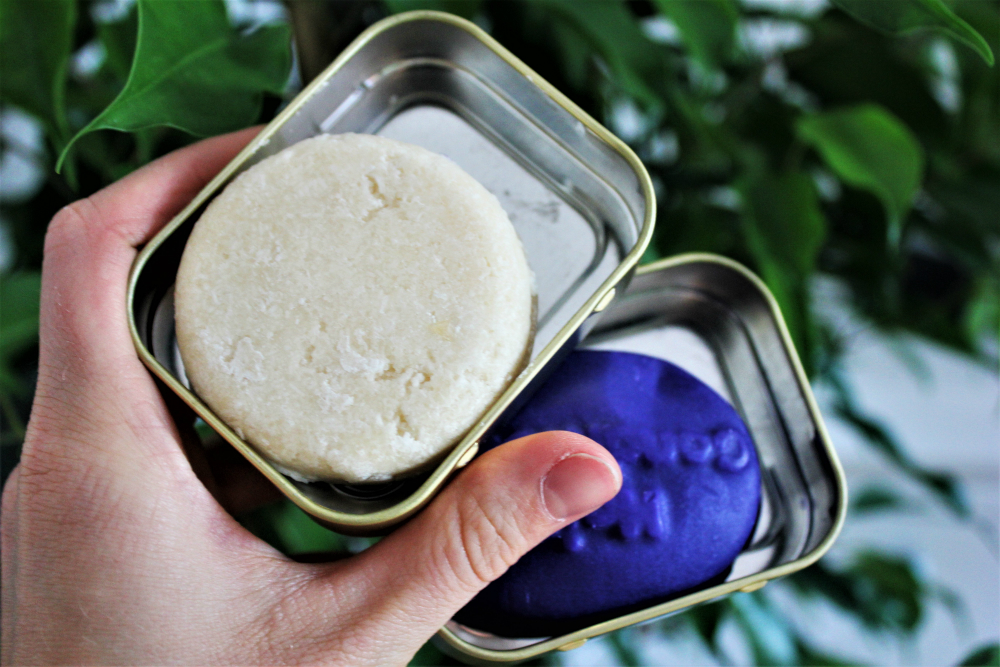
How I Pack Light
1. Lay everything out on the floor and cut the excess
Lay your bag, clothes, shoes, toiletries, electronics and any other travel gear out. I find that laying everything out gives me a much better sense of how much stuff I’m considering packing. If you look at the contents and worry a) it won’t fit in your rucksack, or b) it will be too heavy for you to carry, you need to cut some items. If you want to pack light, you have to be brutal here. Prioritise lighter clothes and lots of layers over chunky space-eating items.
2. Count how many days of clothing you need
I never pack more than 7 days of clothing and 8 days of pants for a trip, no matter how long my trip is. If it’s a weekend trip, I only pack the clothes I need for each day. My basics would be pants (up to 8 pairs), two bras without underwire, socks, t-shirts (one per day, max 7), one pair of jeans, one jumper, a lightweight raincoat and a pair of trainers.
You never need to take more than 7 days worth of clothing for a trip because you can do your laundry while you’re travelling. I’ll often wash clothes in warm water with a bar of soap, or take them to the local laundry if I’m in a reasonably priced country. Pack an empty tote bag for your dirty washing.
3. Pack the heavy items first
Pack heavy items at the bottom of your backpack to better distribute the weight and make your backpack easier to carry. Shoes and toiletries tend to go at the bottom. If possible, only pack one pair of shoes (the ones you’ll be wearing on your feet). If not, then sandals are easy to pack at the bottom. For winter weather, it’s better to wear winter boots or hiking boots on your feet rather than pack them. If you’re carrying a laptop, place this flat against your back so it doesn’t get damaged. Light items like coats and jumpers go on top.
4. Roll your clothes
Forget folding, rolling is the way to pack. Rolling clothes saves so much room. Rolling also keeps clothing wrinkle-free. Separate your clothes into underwear/socks, t-shirts/tops and jeans/other bottoms. Roll them into neat lines. Save any jumpers of raincoats until last.

5. Use packing cubes
Packing cubes really help you to pack light and save space. Once you’ve rolled your clothes, put each set into a packing cube. Packing cubes compress clothing so you can fit more into your backpack. By separating your underwear/socks, t-shirts/tops, and jeans/other bottoms, and toiletries, it’s much easier to locate the items you’re looking for when you got to unpack. I use ZeroGrid Packing Cubes.
6. Fill spare space
Optimise your packing by using spare space in your shoes and other places to pack smaller items. I stuff space inside my shoes with socks.
7. Use compartments
Use the compartments of your backpack well. I pack small items I want to have to hand in outside pockets, such as headphones, chargers and snacks. My laptop slides into the inside back compartment against my back. If there’s space on top, use this for your raincoat.
8. Leave some space in your backpack
Oh, no! I hear you cry. If you truly want to travel light, realise that you don’t need to stuff your backpack until it’s full. This is something I struggled with and still do! When I see a little bit of spare bag space, it’s tempting to add in this or that. Only later would I regret that decision when I wanted to take home a souvenir or had something unexpected to carry during the journey (like lunch!)
9. Wear your bulkiest clothes
When you’re travelling to the airport, wear your bulkiest shoes and jumper to save space in your luggage. You can easily take them off on the plane, and it also saves you having to carry heavy items in your rucksack.
Final Tip! Try your full backpack on
My packing light motto is: never pack more than you can carry and never expect anyone else to carry your backpack for you. Once you’ve packed everything into your rucksack, put it on. If it’s too heavy for you to carry around the house for 10 minutes, then you’ve not packed light enough.
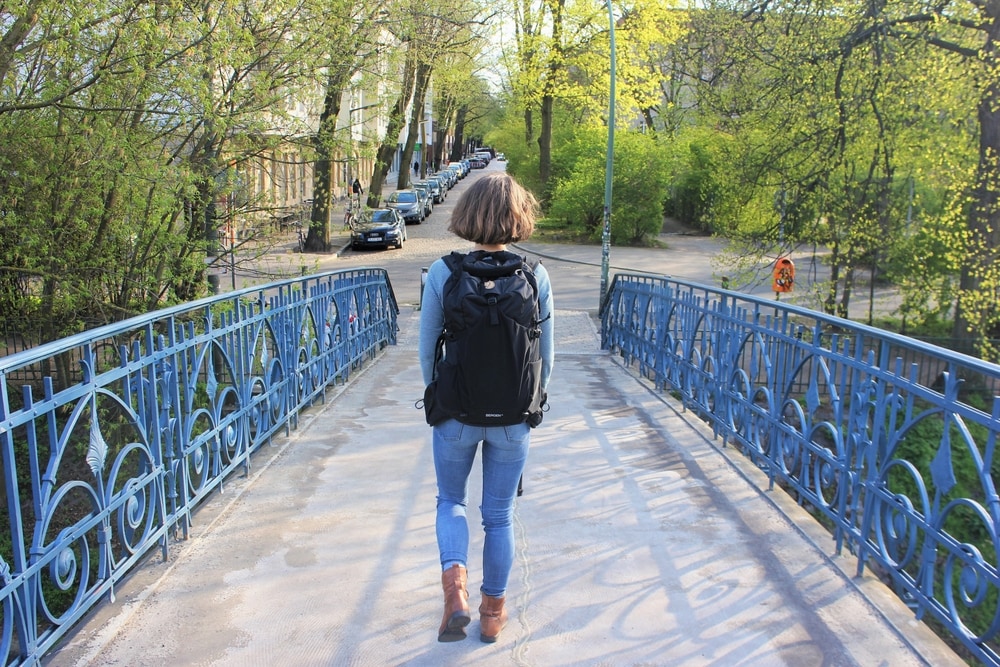
Are you good at packing light? What are your top tips for packing light? Share them with me in the comments below!


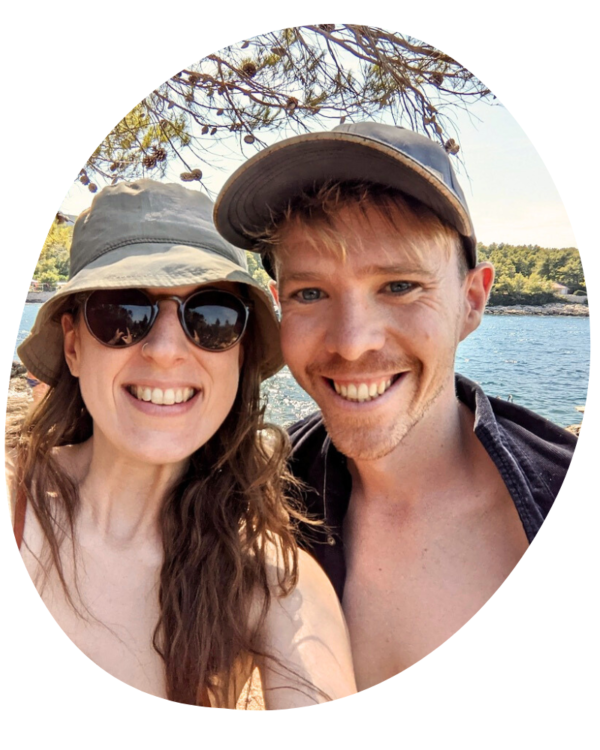


Christopher Spencer
Thank you again Charlie for your Brilliant reports on travel I always look forward to your next adventure
as they have been so helpful with my traveling , I am not a vegetarian although I have enjoyed many veggie dishes on your recommendation ——— Thank You So Much From Christopher Spencer
Suze
I find it hard to leave any space in my bag but I must try the packing cubes! I like to take a spare light fold-up bag for any souvenirs I buy whilst travelling
Charlie Marchant
Yes, I know the feeling! The packing cubes really compress clothes down a lot though, so it’s much easier to get a little bit more space. I need to make a video next time I pack! :)
Natasha
Great tips here! We are struggling with this right now as after 9 months in Asia we fly to Sweden which will be a lot cooler.
Charlie Marchant
Wow, that’s quite a climate change, Natasha! I’d recommend taking lots layers and thin sweaters that you can put on top of each other. Layering is a really good way to travel light when going to colder climates. Hope you have a great trip!
Bryson Fico
Excellent packing tips and strategies! The “size of backpack based on length of trip” is very helpful.